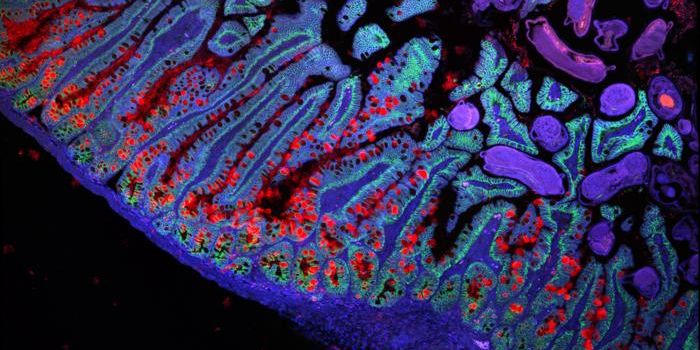3D Printing Cellulose
Cellulose is a material found in trees and plants that can help build complex structures. The uniqueness of the material has inspired researchers at ETH Zurich and Empa to process cellulose through 3D printing.
Watch this video of cellulose synthesis by plants:
"This means that we can control the cellulose microstructure of our printed objects to manufacture materials whose microstructure resembles those of biological systems, such as wood," says Rafael Libanori, senior assistant in ETH Professor André Studart's research group.
How can researchers do that? The ability to print ink is strikingly simple and consists only of water with dispersed cellulose particles measuring only a few hundred nanometers. First, they added combined printing via direct ink writing (DIW) method that is followed by subsequent densification process to increase the cellulose content of the printed object.
The development can allow objects to have unlimited complexity with high levels of cellulose particles.
"The densification process allowed us to start out with a 6 to 14 percent in volume of water-cellulose mixture and finish with a composite object that exhibits up to 27 volume percent of cellulose nanocrystals," says study author, Michael K. Hausmann.
Findings were published in Advanced Functional Materials journal and describes how researchers did not process cellulose with a 3D printer at first.
Source: Science Daily









